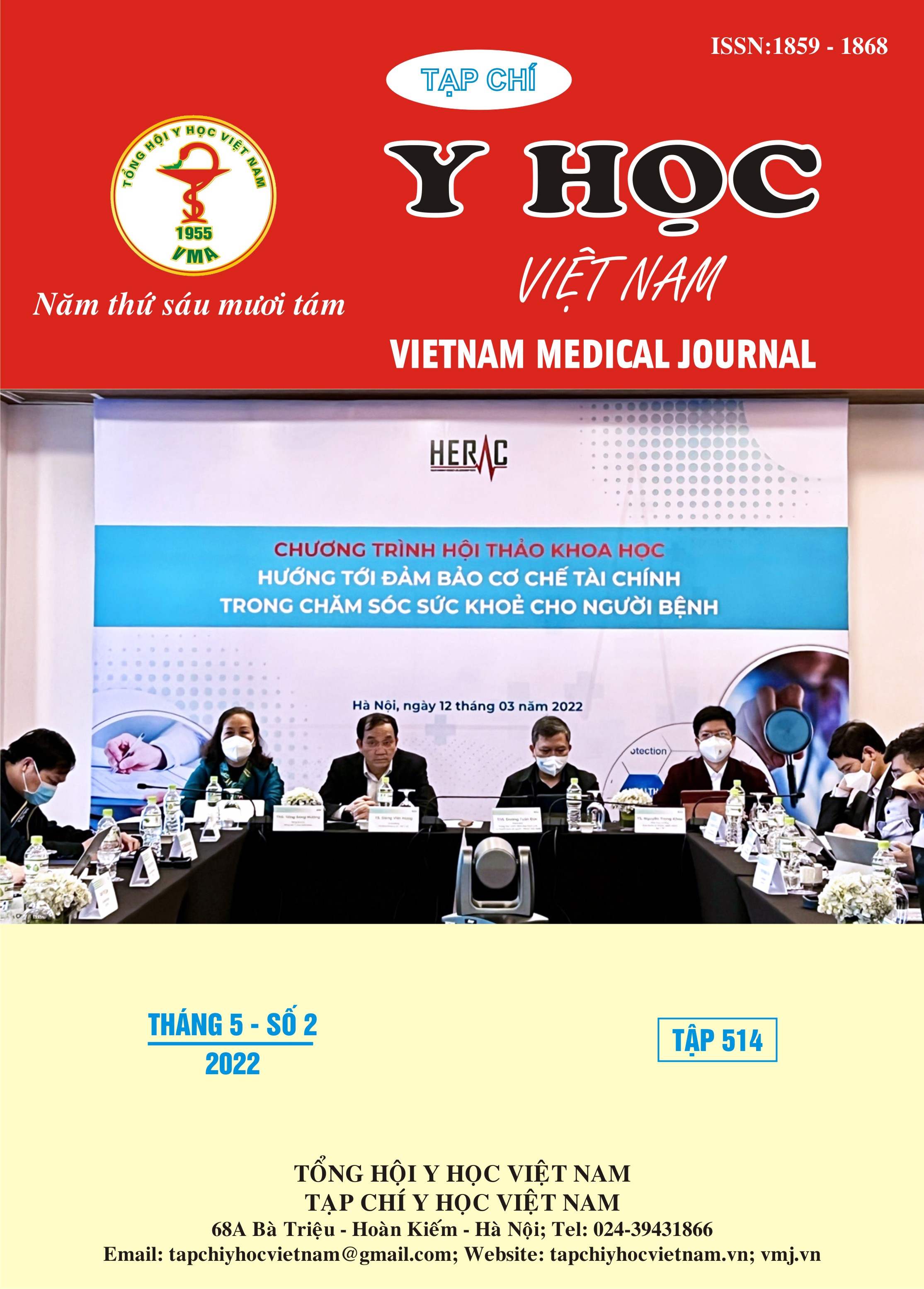EVALUATION OF THE RELATIONSHIP BETWEEN THE PARAPAPILLARY DUODENAL DIVERTICULUM AND BILE DUCT STONES
Main Article Content
Abstract
Background: Duodenal diverticula are mostly acquired lesions found more often in older patients; when located near the major duodenal papilla they are called parapapillary duodenal diverticulum. Some previous studies have shown an association between parapapillary duodenal diverticulum and biliary stone disease. This study assessed the association between parapapillary duodenal diverticulum and choledocholithiasis. Methods: Retrospective descriptive study of 1023 patients undergoing ERCP at the Hepatobiliary Digestive Center, Bach Mai Hospital from January 2014 to December 2018. Results: Parapapillary duodenal diverticulum was present in 31,4% of 1023 patients; mostly found in patients aged 60 to 79 years. Patients with parapapillary duodenal diverticulum had bile duct stones more often than patients without duodenal diverticulum (77,9% versus 60,4%). Conclusions: Parapapillary duodenal diverticulum are important causative factors in the formation of bile duct stones.
Article Details
Keywords
ERCP, Parapapillary duodenal diverticulum, bile duct stones
References
2. Cetta, F.M., Bile infection documented as initial event in the pathogenesis of brown pigment biliary stones. Hepatology, 1986. 6(3): p. 482-9.
3. Egged, A., W. Teichmann, and D. Wittmann, The pathologic implication of duodenal diverticula. Surg Gynecol Obstet 1982;154:62-4.
4. Kim, M.H., et al., Association of periampullary diverticula with primary choledocholithiasis but not with secondary choledocholithiasis. Endoscopy, 1998. 30(7): p. 601-4.
5. Leivonen, M.K., J.A. Halttunen, and E.O. Kivilaakso, Duodenal diverticulum at endoscopic retrograde cholangiopancreatography, analysis of 123 patients. Hepatogastroenterology, 1996. 43(10): p. 961-6.
6. Løtveit, T., et al., Studies of the choledocho-duodenal sphincter in patients with and without juxta-papillary duodenal diverticula. Scand J Gastroenterol, 1980. 15(7): p. 875-80.
7. Osnes, M., et al., Duodenal diverticula and their relationship to age, sex and biliary calculi. Scand J Gastroenterol 1981;16:103-7.
8. Skar, V., et al., Beta-glucuronidase activity in the bile of gallstone patients both with and without duodenal diverticula. Scand J Gastroenterol, 1989. 24(2): p. 205-12.


